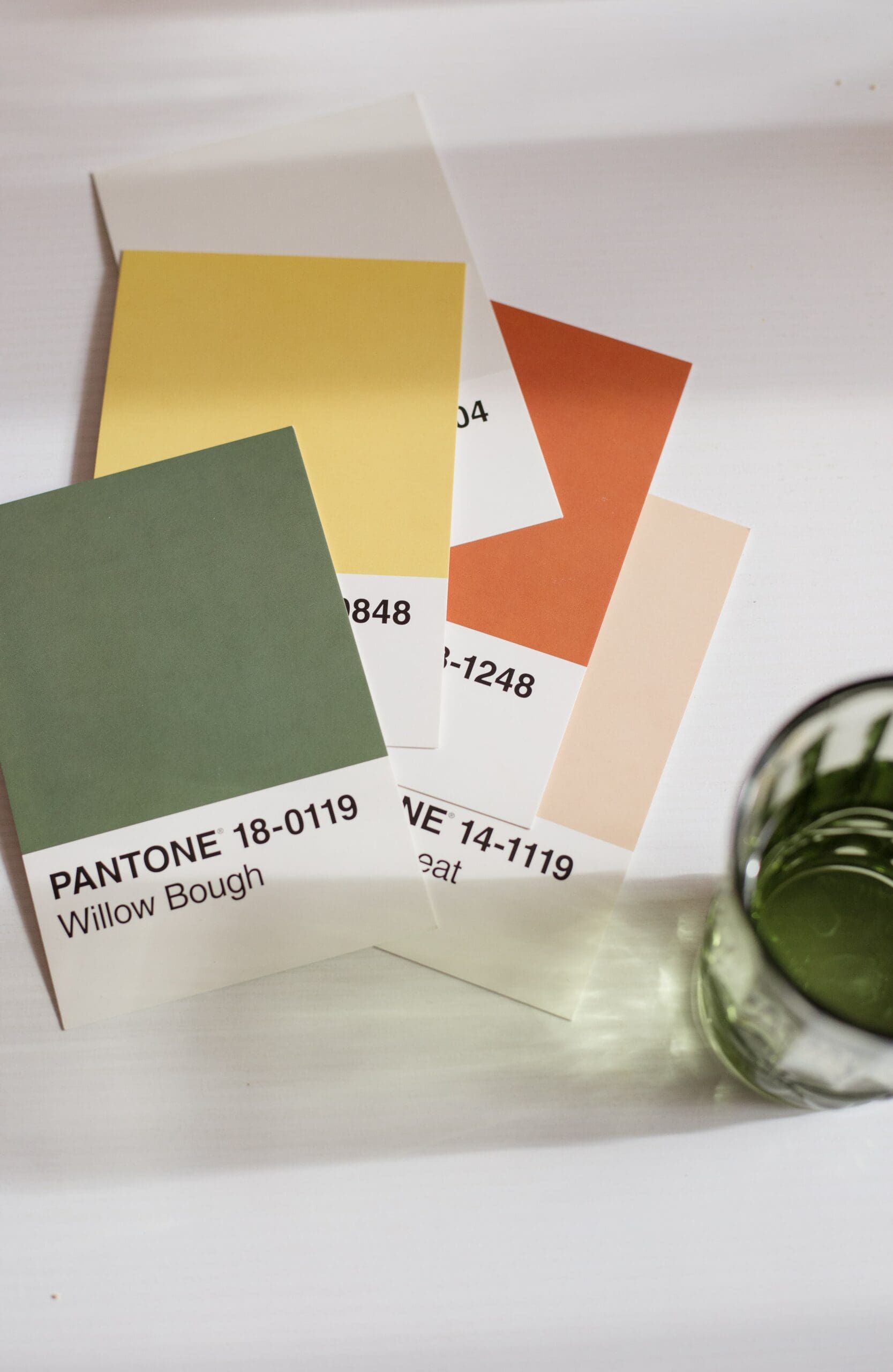If you’re anything like us, when you were in kindergarten you always had to have the biggest box of crayons or the largest selection of colored pencils. Was anyone else a big cerulean fan?
As humans, we love color, and the fascination doesn’t wane with time, either. Colors paint a story without having to say a single word and allow us to feel emotions and a deep level of understanding. These feelings are derived from our subconscious, which is pretty un-bee-lievable when you really stop to think about it.
For example, seeing the color red can trigger danger or spark intense passion. Walking into a lavender painted room you may instantly find yourself feeling calm and Zen. Seeing yellow (our personal fav here at Honey ?) may evoke happiness and joy. While color certainly varies from person to person based on personal experiences and neurological variances, there is a general consensus of some of the feelings and emotions that colors can suggest. Enter, the psychology of color.
What Does Psychology of Color Mean?
Simply put, the psychology of color is the study of how colors affect human emotion and behavior. The ability of colors to evoke such emotions is widely believed to be linked to memories we have of those specific tones throughout our lives. Which as we mentioned earlier, it’s the feeling you get when you come across a certain color. For instance, many people associate the ocean as being a place of complete calmness, therefore blue is most commonly associated with feelings of serenity.
Knowing what we know now about the psychology of color, this brings us to the question, “where does color psychology fit into marketing?” When you are marketing a product or service, your goal is of course to create an instant connection with an audience and build brand awareness and loyalty from the start. Color psychology plays a big role in accomplishing this!
Colors impact the way we perceive a brand and influence how your customers respond to your messaging, call-to-action buttons, logo and website. Without even consciously thinking about it, customers have already made an assumption about your brand simply from the colors present. Understanding color psychology means you have a chance to utilize strategic placement of colors to connect with your customers and inspire them to action.
What Are The Most Common Colors in Branding And What Do They Mean?
- Blue
Fun fact, the color blue is one of the most commonly used colors in branding. Take Facebook and Twitter for instance, two of the most popular social media platforms. According to the psychology of colors, blue demonstrates clean, calm, and peaceful qualities similar to the sky and sea. If you want to make your customers feel safe and secure, blue is the perfect shade to showcase that.
- Green
Where my plant people at? Perhaps the first thing that comes to mind when you think of the color green are plants. It’s because green is usually associated with nature and growth. If you want to use the color green for your marketing and branding, you’ll be able to convey the idea of freshness, health, and all-natural qualities. It’s also best used to portray something sustainable, organic, natural, safe, and healthy. Darker shades can represent financial stability, wealth, and luxury.
- Red
Red is such an intense color, and it can depict different meanings depending on context. It may be associated with danger, or it can be connected to matters of the heart. Some brands combine red with white to indicate a sense of excitement (such as Coca-Cola!), eliminating the perception of danger or aggression. The color red is an effective way to encourage your customers to make a quick decision and in many cases, may work well as a color for your call to action.
- Yellow
As the color of the sun, light, and honey bees ?, yellow demonstrates the feeling of happiness and cheerfulness. But, be wary when you use this color in your branding because it can also be a sign of warning, caution, or quarantine.
Incorporating the Psychology of Color Into Your Brand
Our brains prefer immediately recognizable brands, which makes color an important component when creating a brand identity. Learning about the psychology of colors will bring a great addition to your brand’s success because it can capture your customers’ attention and trigger their action towards your business.
It can be overwhelming to know which color to pick for your brand to ensure it’s appropriate to your consumers reactions, but we can help! Honey Creative is a full-service creative branding agency and we’d be thrilled to help you create your brand story. Get in touch with us to learn more about our branding services!





